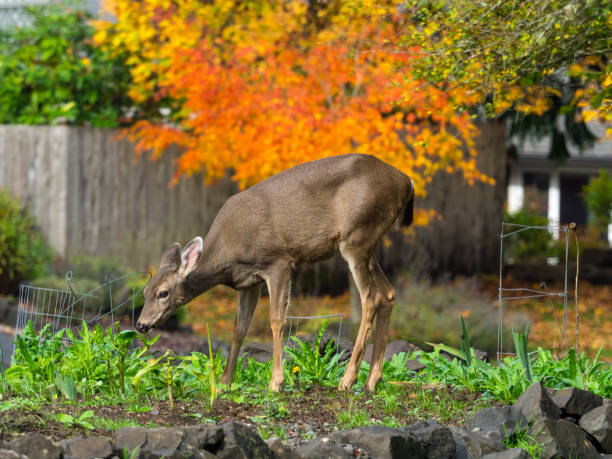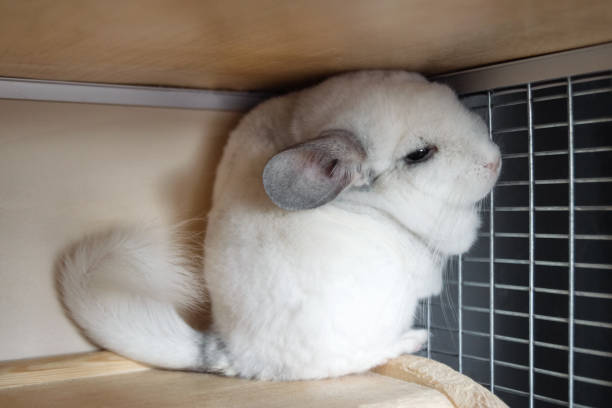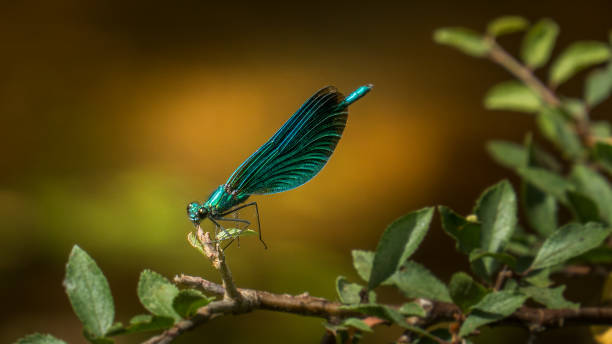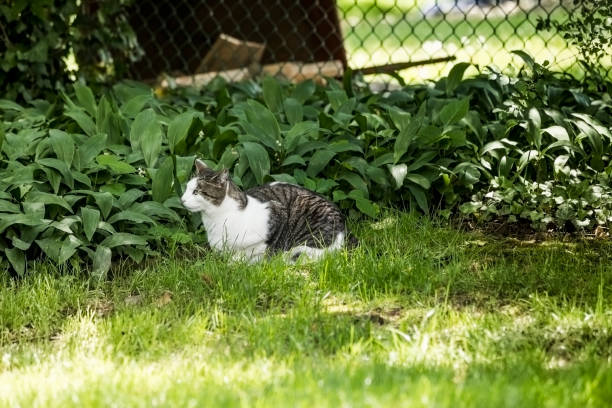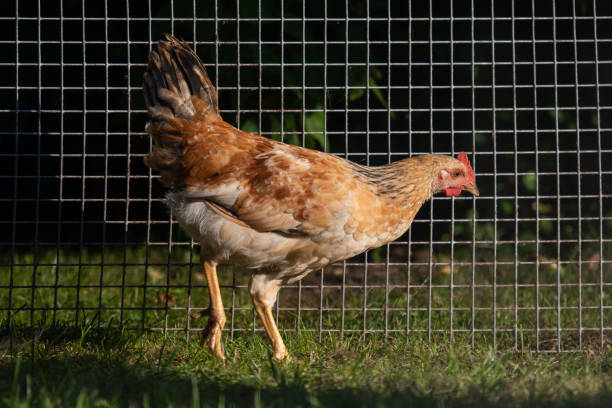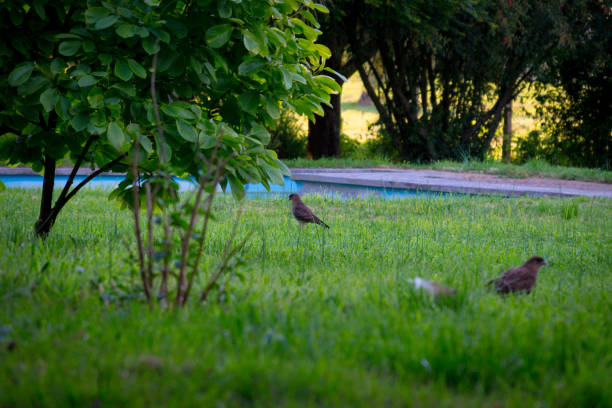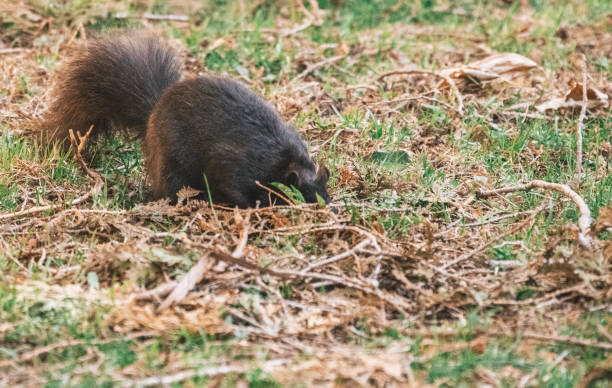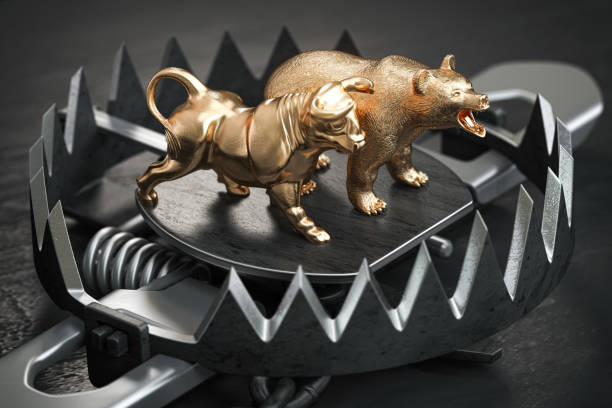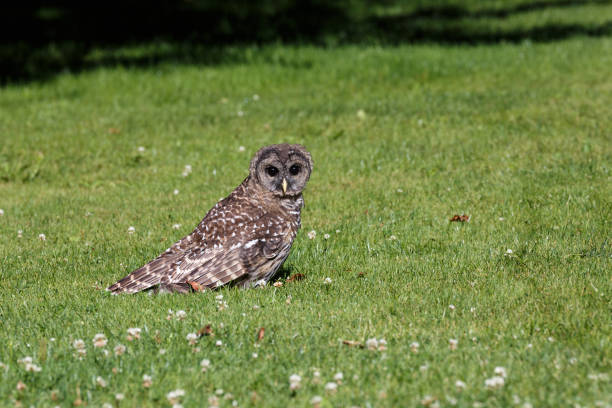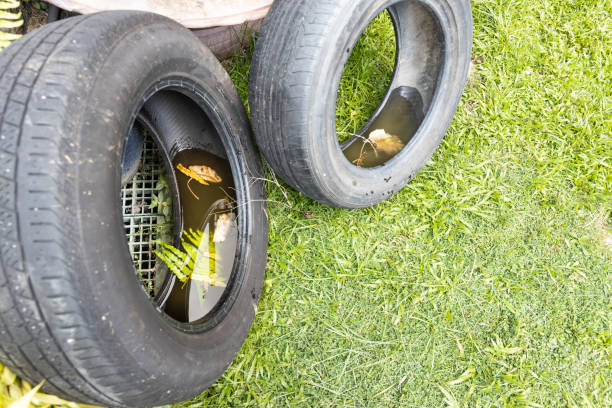How To Attract Deer to Your Yard?
This post contains affiliate links. This means I will make a commission at no extra cost to you should you click through and make a purchase. Read the full disclosure here.Deer are fascinating creatures that many people enjoy observing in their natural habitats. If you’re a nature enthusiast or simply want to enhance your yard’s appeal, attracting deer to your property can be an exciting endeavor. In this article, we’ll explore various strategies to attract deer to your yard, understanding their behavior, creating an attractive environment, implementing deer attractants, and considering safety and legal aspects. So, let’s dive in and learn how to make your yard an enticing destination for deer.
Introduction
Attracting deer to your yard can provide a unique opportunity to observe these graceful animals up close and create a wildlife-friendly environment. By understanding the behavior of deer and implementing appropriate attractants, you can increase the likelihood of deer visiting your yard regularly.
Understanding the Behavior of Deer
Deer Habitat and Preferences
Deer typically inhabit forests, woodlands, meadows, and areas with ample vegetation. When selecting a yard to explore, deer often look for areas with a combination of suitable food sources, water, cover, and shelter. Understanding their preferences will help you tailor your yard to attract them.
Deer Feeding Habits
Deer are herbivores, and their diet consists mainly of plants, leaves, fruits, and twigs. To attract deer, it’s essential to provide an assortment of food sources that mimic their natural diet. This can include plants like clover, alfalfa, and native grasses.
Deer Mating Season
During the deer mating season, known as the rut, bucks actively seek does for mating. By creating an appealing environment with suitable food, water, and cover, you can attract deer looking for potential mates.
Creating an Attractive Yard for Deer
To make your yard enticing to deer, you’ll need to replicate their natural habitat by providing suitable food, water, cover, and shelter. Here are some strategies to consider:
Providing Adequate Food Sources
Planting a diverse range of vegetation can attract deer to your yard. Consider incorporating plants like crabapple trees, sunflowers, wild berries, and legumes. It’s also beneficial to leave patches of native grasses and weeds, as deer often feed on them.
Offering Water and Salt Licks
Deer require a regular water source, especially during dry seasons. Installing a small pond, birdbath, or water feature can entice deer to visit your yard. Additionally, providing salt licks or mineral blocks can attract deer, as they need essential minerals for their overall health.
Planting Deer-Friendly Vegetation
Certain plants are particularly appealing to deer due to their taste and nutritional value. Include species such as red clover, chicory, and soybeans in your yard, as they are known to attract deer. Be mindful of your region’s climate and choose plants that thrive in your area.
Creating Shelter and Cover
Deer seek shelter and cover to protect themselves from predators and harsh weather conditions. Consider planting evergreen trees, shrubs, or tall grasses to provide deer with a sense of security. Additionally, leaving brush piles or fallen logs can create hiding spots that deer find attractive.
Implementing Deer Attractants
To further enhance the attractiveness of your yard, you can utilize various deer attractants. Here are a few options to consider:
Using Deer Feeders
Deer feeders can be an effective way to provide a consistent food source for deer. These feeders dispense corn, grains, or deer-specific feed, attracting deer to your yard regularly. Place the feeder in a strategic location, preferably near cover and away from high human activity areas.
Installing Deer Mineral Blocks
Mineral blocks or salt licks are an excellent way to supplement deer’s diet while attracting them to your yard. These blocks provide essential minerals that are beneficial for deer’s health and antler growth. Place them in secluded areas and monitor their consumption regularly.
Scent-Based Attractants
Scent-based attractants can entice deer by simulating natural odors that pique their curiosity. Commercial deer attractant scents, such as doe estrus or buck urine, can be applied strategically to attract deer during the mating season. Follow the instructions provided by the manufacturer for optimal results.
Using Deer Decoys and Calls
Deer decoys and calls can create a sense of realism in your yard, attracting deer by stimulating their social instincts. Place decoys strategically and use calls to mimic the sounds of deer in distress or during the rutting season. These techniques can increase the chances of attracting deer to your yard.
Ensuring Safety and Legal Considerations
While attracting deer to your yard can be an enjoyable experience, it’s crucial to consider safety and legal aspects:
Preventing Deer Damage
Deer can cause damage to vegetation, crops, and landscaping. Implement measures such as deer fencing, repellents, or deer-resistant plant varieties to minimize potential damage. Balancing deer attraction with protecting your yard is key.
Understanding Local Hunting Regulations
Before implementing attractants or creating a deer-friendly yard, familiarize yourself with local hunting regulations. Some areas may have specific restrictions or hunting seasons that could affect your plans. Adhering to these regulations ensures a harmonious coexistence with hunters and preserves the deer population.
Conclusion
Attracting deer to your yard requires a combination of understanding their behavior, creating an attractive environment, and implementing appropriate attractants. By providing suitable food, water, cover, and shelter, you can enhance the appeal of your yard and increase the chances of attracting deer. Remember to consider safety and legal aspects, and enjoy the opportunity to observe these majestic creatures up close.
FAQs
Will attracting deer to my yard cause them to become dependent on my property?
Deer are adaptable creatures and will continue to explore other habitats for food and shelter. While they may frequent your yard, they won’t become solely reliant on it.
Is it legal to feed deer in all areas?
Feeding deer may be restricted or prohibited in some areas due to concerns about wildlife management or the transmission of diseases. Check local regulations before feeding deer.
How can I prevent deer from damaging my plants and landscaping?
Installing deer fencing, using deer repellents, and selecting deer-resistant plant varieties can help protect your plants and landscaping from deer damage.
Are there any specific plants that deer find particularly attractive?
Deer are often drawn to plants like clover, alfalfa, crabapple trees, sunflowers, and wild berries. However, preferences may vary based on the region and availability of natural food sources.
Can I use artificial deer scents to attract deer to my yard?
A: Yes, scent-based attractants can be used strategically to attract deer. Commercial deer attractant scents, such as doe estrus or buck urine, can be applied according to the manufacturer’s instructions for optimal results.

